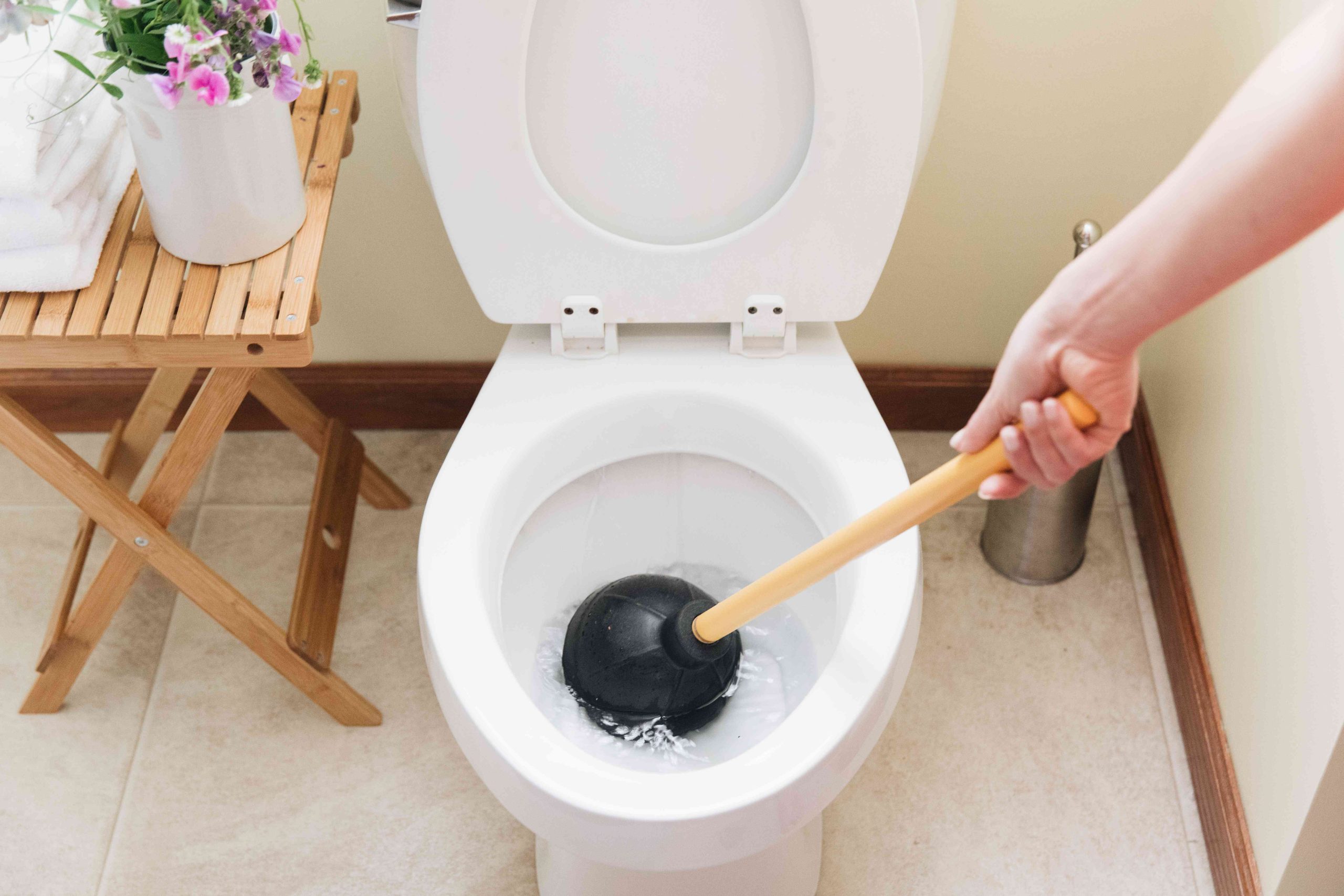Introduction:
A clogged toilet is a common household woe that can disrupt the smooth flow of daily life. Often, our first line of defense is the trusty plunger, but what if this time-honored tool doesn’t quite cut it? In this comprehensive guide, we’ll explore alternative methods to unclog your toilet and get things back on track. From the hot water and dish soap method to the wire hanger technique, we’ve got you covered. Let’s delve into the details of each approach to ensure you’re equipped with the knowledge to tackle even the peskiest of clogs.
Hot Water and Dish Soap Method:
1. Gather Supplies:
Clogged toilet? Fear not. Arm yourself with a bucket, hot water (emphasis on not boiling to prevent damage), and trusty dish soap.
2. Prepare the Toilet:
Start by removing excess water from the toilet bowl. A small container comes in handy for this task.
3. Pour Hot Water:
Now, the magic begins. Pour hot water into the toilet bowl from waist height. Allow the water to sit for a few minutes; this softens the clog, making it more amenable to removal.
4. Add Dish Soap:
Time to introduce the cleaning prowess of dish soap. Squeeze a generous amount into the bowl and let it sit for 10-15 minutes. The soap acts as a lubricant, further breaking down the clog.
5. Plunge Again:
Grab that plunger once more and employ a different technique. Vigorous up-and-down motions often prove effective. Repeat as necessary until the clog surrenders.
6. Flush:
Once victorious, flush the toilet. This final step ensures the remnants of the clog are banished, leaving your toilet ready for duty.
Wire Hanger Method:
1. Gather Supplies:
For this method, all you need is a wire coat hanger, plastic gloves to shield your hands, and an old rag or towels for clean-up.
2. Straighten the Hanger:
Take the wire hanger and straighten it, leaving a small hook at one end. This makeshift tool is your ally against the clog.
3. Protect Hands:
Safety first! Don those plastic gloves to shield your hands from any unpleasantness.
4. Insert the Hanger:
Carefully insert the hooked end of the hanger into the toilet drain. Gently maneuver the hanger to break up or pull out the clog. Patience is key.
5. Plunge Again:
With the clog disrupted, return to the plunger. Employ various plunging techniques to ensure complete clearance.
6. Flush:
Flush the toilet to confirm your success. A clear flush signals the triumphant defeat of the clog.
7. Clean Up:
Dispose of any waste on the hanger. Wash and disinfect it before returning it to its mundane coat-hanger duties.
FAQs:
Q1: What if neither method works?
A: If these methods prove futile, it’s time to call in the professionals. A plumber can assess the situation and employ advanced tools to tackle stubborn clogs.
Q2: Can I use boiling water instead of hot water in the first method?
A: It’s recommended to use hot water, not boiling, as boiling water may cause damage to the toilet bowl.
Q3: Are there any safety precautions to consider?
A: Absolutely. Always wear protective gloves when dealing with cleaning agents or using tools like wire hangers. Additionally, avoid using excessive force to prevent any inadvertent damage to the toilet.
Q4: How often should I clean my toilet to prevent clogs?
A: Regular toilet maintenance is key. Aim to clean the toilet at least once a week, using enzyme-based cleaners to keep the pipes flowing smoothly.
Conclusion:
Unclogging a toilet is a task that, while certainly not glamorous, is an inevitable part of maintaining a functioning household. Armed with the alternative methods detailed above and a healthy dose of persistence, you can often navigate this challenge without the need for professional intervention. As we conclude our guide, let’s delve deeper into the mindset and practices that can transform your bathroom from a battleground into a haven of victory over stubborn clogs.

A group of home improvement enthusiasts and bathroom design experts, combines in-depth knowledge and a shared passion to deliver engaging, informative content that guides readers through the world of bathroom innovation and style.

Leave a Reply